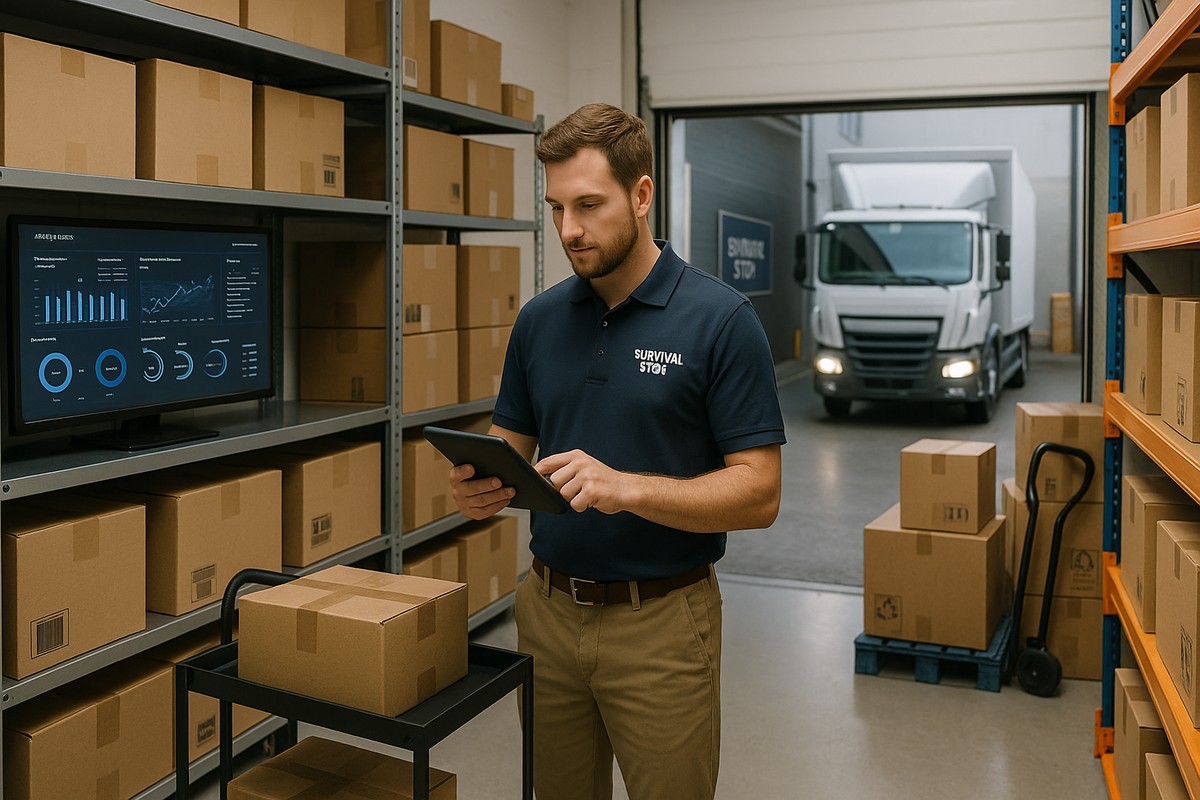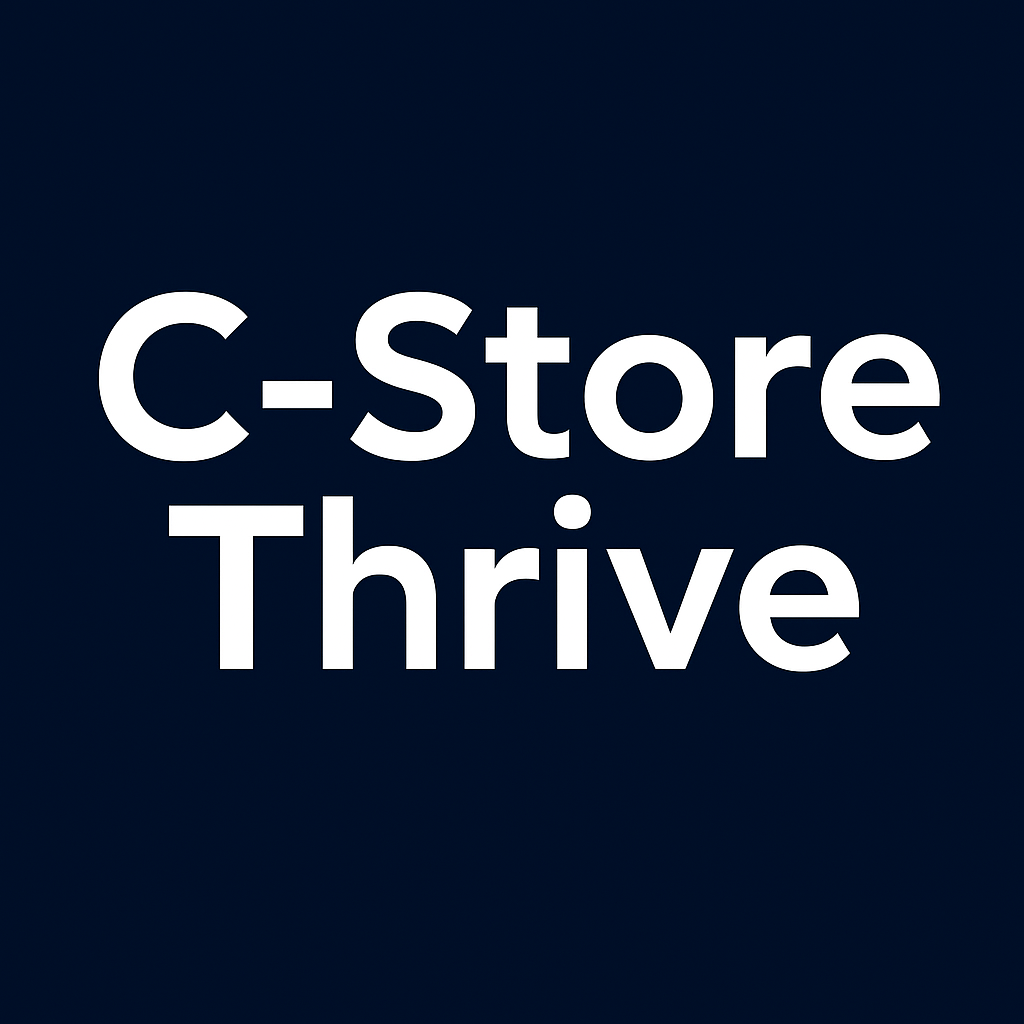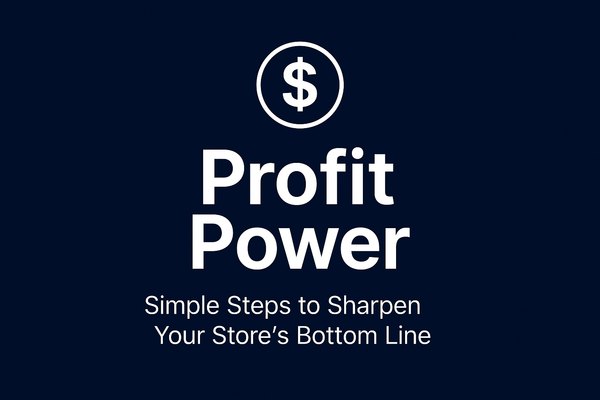How to Build a Resilient Supply Chain in Retail
In today's dynamic retail landscape, disruptions are frequent occurrences. Building a resilient supply chain requires strategic planning, diversified sourcing, and technology integration to navigate challenges from natural disasters to demand shifts.

In today's dynamic retail landscape, disruptions are no longer an anomaly but a frequent occurrence. From natural disasters and geopolitical events to sudden shifts in consumer demand, businesses face an array of challenges that can cripple their operations. For convenience stores (c-stores) and larger retail enterprises alike, a fragile supply chain can translate into empty shelves, lost sales, and damaged customer trust. The key to navigating this turbulent environment isn't just surviving but thriving – and that requires building a truly resilient supply chain.
So, how exactly do you build a resilient supply chain in retail? It's a multi-faceted approach that involves strategic planning, diversified sourcing, and leveraging cutting-edge technology. Let's delve into the core components.
The Foundation: Smart Inventory Planning -
At the heart of a resilient supply chain lies intelligent inventory planning. This goes beyond simply stocking shelves; it's about anticipating demand, optimizing stock levels, and minimizing waste while ensuring product availability.
For c-stores, this might seem like a daunting task given their limited storage space and high turnover of specific items. However, precise inventory management is even more crucial. Instead of relying on manual counts and intuition, consider implementing demand forecasting software. This can analyze historical sales data, seasonal trends, and even local events (like a major festival or sporting event) to predict future demand with greater accuracy.
Practical Example for C-Stores: Imagine a c-store located near a university campus. During exam periods, the demand for energy drinks, coffee, and quick-grab snacks might surge. A resilient supply chain, informed by smart inventory planning, would anticipate this spike and ensure adequate stock of these items rather than facing shortages. Conversely, during summer break, stock levels for these items could be adjusted downwards to avoid excess inventory.
Furthermore, consider safety stock – a small buffer of extra inventory to guard against unexpected demand spikes or supply delays. While storage is a constraint for c-stores, strategically identifying key high-demand, low-volume items for safety stock can prevent critical stock-outs.
Strengthening the Links: The Power of Local Sourcing -
The COVID-19 pandemic highlighted the vulnerabilities of overly globalized supply chains. When international borders closed, and manufacturing hubs shut down, retailers worldwide felt the pinch. This experience has underscored the immense value of local sourcing as a crucial component of supply chain resilience.
Local sourcing reduces lead times, transportation costs, and reliance on complex international logistics. It also fosters stronger relationships with suppliers, making communication and problem-solving more efficient during disruptions. For c-stores, this can translate into fresher products, quicker replenishment, and the ability to respond more agilely to local customer preferences.
Practical Example for C-Stores: A c-store could partner with a local bakery for fresh pastries and bread, reducing dependence on large, centralized bakeries with potentially longer delivery routes. Similarly, sourcing milk and dairy products from a nearby farm can ensure a consistent supply even if national distribution networks face challenges. This not only builds resilience but also appeals to consumers increasingly interested in supporting local businesses.
The Enabler: Tech Integration -
Technology is no longer a luxury but a necessity for building a resilient supply chain. From advanced analytics to automation, tech integration provides the visibility, control, and agility needed to weather disruptions.
Key technological integrations include:
- Real-time Inventory Tracking: Utilizing RFID tags, barcode scanning and IoT sensors provides a precise, up-to-the-minute view of inventory levels across all locations. This eliminates manual errors and enables proactive replenishment.
- Supply Chain Management (SCM) Software: Comprehensive SCM platforms integrate various aspects of the supply chain, from procurement and warehousing to transportation and sales. This provides a holistic view and enables better decision-making.
- Predictive Analytics and AI: Beyond basic demand forecasting, AI-powered analytics can identify potential disruptions before they occur by analyzing vast datasets, including weather patterns, geopolitical news, and social media sentiment.
- Blockchain Technology: While still emerging in retail, blockchain can enhance transparency and traceability within the supply chain, verifying the origin and movement of goods, which is particularly valuable for high-value or sensitive products.
Practical Example for C-Stores: A c-store can leverage a cloud-based point-of-sale (POS) system integrated with inventory management. This allows for automatic reordering when stock levels hit a predetermined threshold, reducing the risk of running out of popular items. Furthermore, if a delivery truck is delayed due to unexpected road closures, real-time tracking through a logistics platform can alert the c-store manager, allowing them to adjust staffing or inform customers if necessary. Understanding what constitutes supply chain resilience in your specific context is vital.
Beyond the Core: Continuous Improvement and Collaboration -
Building a resilient supply chain is not a one-time project; it's an ongoing process of continuous improvement and adaptation. Regularly review your supply chain for potential weaknesses and conduct stress tests to identify areas for improvement.
Furthermore, fostering strong relationships with your suppliers, distributors, and even competitors (in non-competitive areas like logistics sharing) can significantly enhance overall resilience. Open communication and collaborative problem-solving are invaluable when unexpected challenges arise.
Conclusion -
In an increasingly unpredictable world, a resilient supply chain is no longer a competitive advantage – it's a fundamental requirement for survival and growth in the retail sector. By prioritizing smart inventory planning, embracing local sourcing, and strategically integrating technology, retailers, particularly c-stores with their unique operational challenges, can fortify their operations against disruption. The investment in building a robust and adaptable supply chain will undoubtedly pay dividends, ensuring that shelves remain stocked, customers remain satisfied, and businesses can navigate the complexities of the modern retail landscape with confidence.





